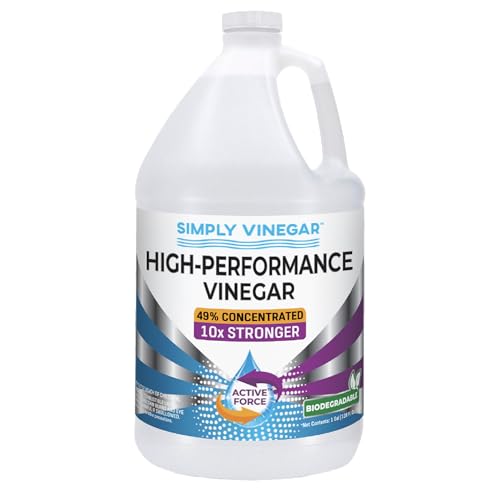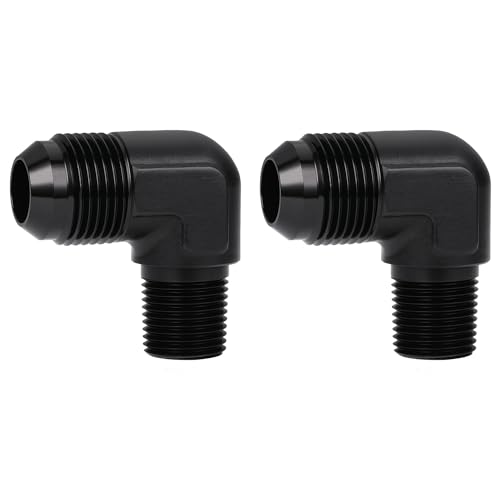
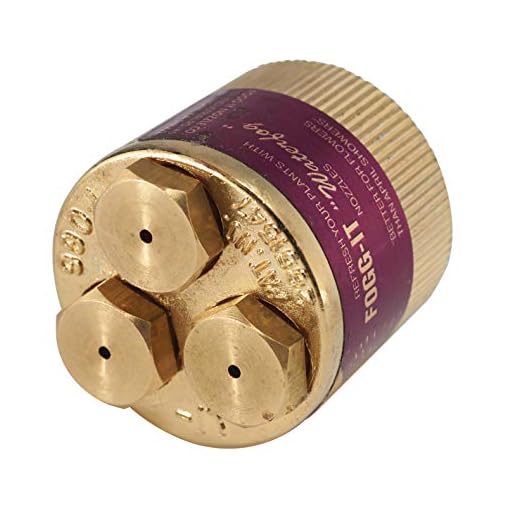

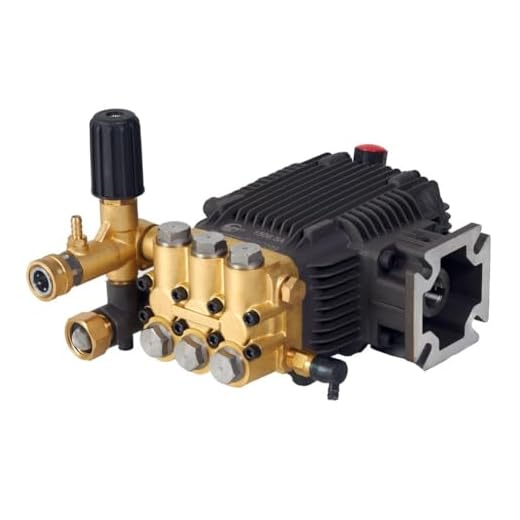
Knowing the measurement of gallons per minute is essential for selecting the right cleaning unit. This metric directly affects the performance and efficiency of your device, determining how much water flows during operation. A higher rate indicates a more powerful tool suited for heavier cleaning tasks.
During my extensive experience in the cleaning equipment industry, I’ve found that devices with a lower GPM are generally better for smaller surfaces or delicate materials, while those with a higher GPM excel in tackling tough grime on larger areas. For optimal results, you should assess both the rate and the pressure settings to match them to the specific job at hand.
In practical terms, a device with a GPM of around 1.5 to 2.0 typically suffices for home use, such as cleaning patios or vehicles. Conversely, more demanding applications might benefit from equipment offering 2.5 GPM or more. Evaluating the intended use helps in choosing the right solution for your cleaning needs.
Understanding GPM in a Cleaning Machine
GPM is a crucial measurement for performance in a cleaning device, indicating how many gallons of water flow through the unit per minute. This figure plays a significant role in the cleaning effectiveness and efficiency of the equipment.
Consider the following points when analysing GPM:
- Lower GPM: Machines with a lower flow rate often consume less water, making them suitable for smaller tasks or environments where water conservation is a priority.
- Higher GPM: A higher flow rate is beneficial for tackling larger areas or more stubborn grime, as it delivers more water to assist in dislodging dirt and debris.
- Balance: It is essential to find a balance between GPM and PSI (pounds per square inch) for optimal cleaning. A high GPM with low PSI might not be effective on tough stains, while low GPM with high PSI may not cover a broader surface effectively.
When choosing a machine, evaluate the type of tasks you plan to undertake:
- Light Cleaning: For simple tasks like washing cars or light patios, a unit with a GPM of 1.5 to 2.0 works well.
- Medium Cleaning: A GPM between 2.0 and 3.0 is suitable for driveways, decks, or furniture.
- Heavy-Duty Cleaning: For industrial or large-scale jobs, consider models exceeding 3.0 GPM to efficiently remove heavy stains and dirt.
Always align the flow rate with your expected usage to ensure you select the correct model for your needs. Making informed choices will lead to better results and more satisfaction with your equipment. Remember, a well-chosen machine can save time and water while delivering impressive cleaning performance.
Understanding GPM: Definition and Importance
To maximise the effectiveness of your cleaning tasks, focus on flow rate, a key metric in choosing equipment. This figure, indicating how many gallons can be moved each minute, is pivotal for determining both the efficiency and speed of any cleaning process.
Significance of Flow Rate in Cleaning
The higher this value, the more water is available to remove dirt, grime, and other pollutants. When selecting a device, consider the type of job:
- For light cleaning such as vehicles or outdoor furniture, a moderate flow rate is sufficient.
- Heavy-duty applications like driveways and industrial surfaces benefit from higher flow rates, ensuring thorough cleansing.
Impact on Performance
.jpg)
A balance between flow rate and pressure is vital. High flow rates combined with insufficient pressure could result in wetter surfaces without effective dirt removal. Conversely, excessive pressure with low flow can lead to surface damage or incomplete cleaning. Understanding this dynamic assists in selecting the right equipment for varied tasks, optimising effectiveness and ensuring surfaces are left clean and dry.
How GPM Affects Cleaning Performance
The volume of water flow significantly influences the cleaning capabilities of your equipment. Higher rates, measured in gallons per minute, enhance the ability to remove dirt, grime, and stubborn stains more swiftly than lower rates.
For instance, a unit with a flow rate of 2.5 gallons per minute can clean surfaces much quicker compared to one operating at 1.5 gallons per minute. This means less time spent on tasks, making larger areas more manageable. If you frequently tackle extensive projects or heavy-duty cleaning, opting for a higher flow rate makes sense.
However, it’s worth considering the specific tasks at hand. For lighter jobs or more delicate surfaces, such as painted wood or vehicles, an excessive flow rate might lead to damage. Thus, while an increased volume can aid in efficiency, matching the rate to the surface condition and cleaning requirement ensures optimal performance.
Furthermore, keep in mind the relationship between the flow rate and the pressure level. Ideally, a balance must be achieved to maximise effectiveness. A high flow rate paired with adequate pressure can result in a potent cleaning combination, effectively tackling grime without risk of damage. In practice, selecting equipment with the right specifications tailored to your cleaning needs can drastically influence your results.
Choosing the Right GPM for Different Cleaning Tasks
For optimal results, selecting the appropriate gallons per minute is crucial depending on your cleaning objective. Here’s a straightforward guide tailored to various tasks.
Light Cleaning Tasks
For light chores such as patio furniture, bicycles, and garden tools, aim for a model delivering 1.5 to 2.0. This flow rate is sufficient to remove dirt and grime without causing damage to delicate surfaces.
Medium Cleaning Tasks
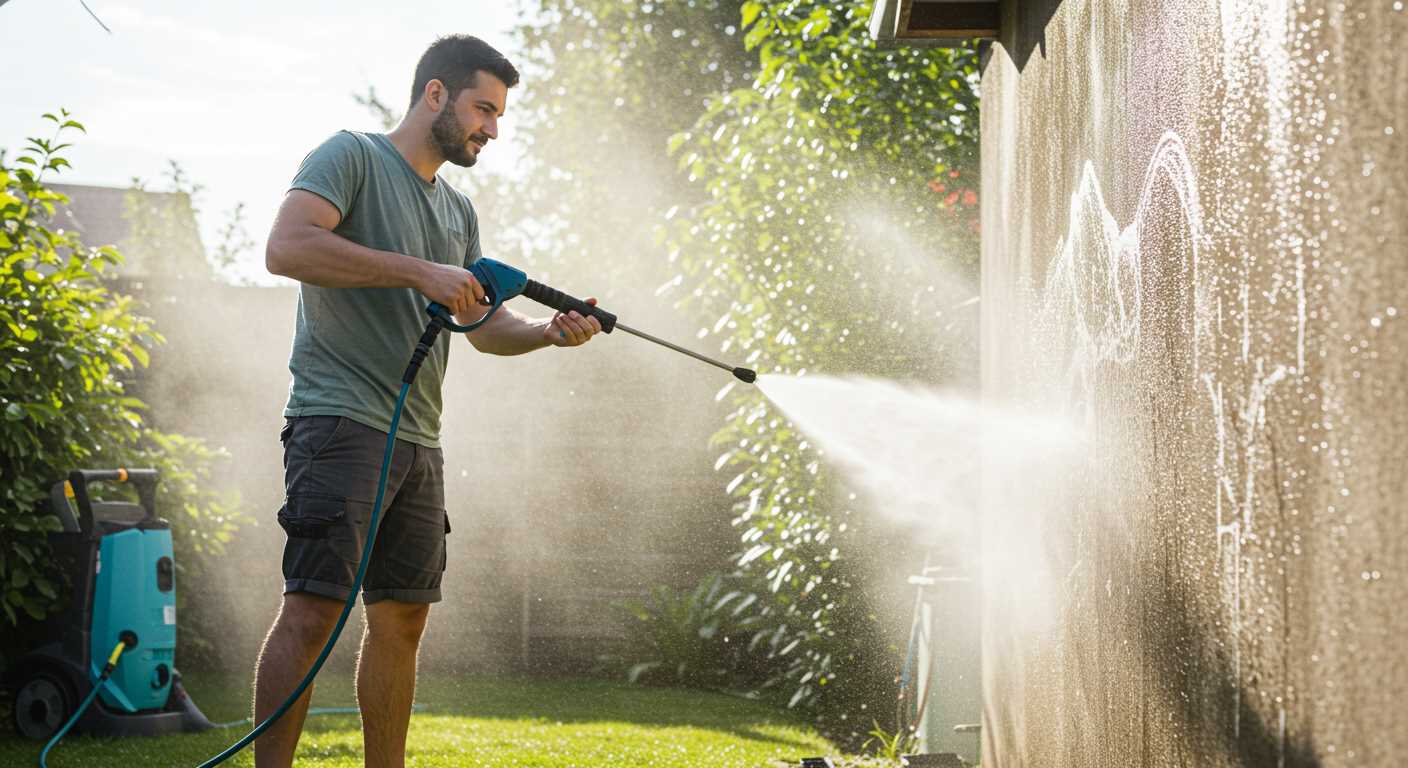
When tackling tasks like cleaning deck surfaces or vehicles, a flow rate of 2.0 to 3.0 is advisable. This range strikes a balance between thorough cleaning and maintaining the integrity of the surfaces involved, ensuring that dirt and mildew are removed effectively.
Heavy-Duty Cleaning
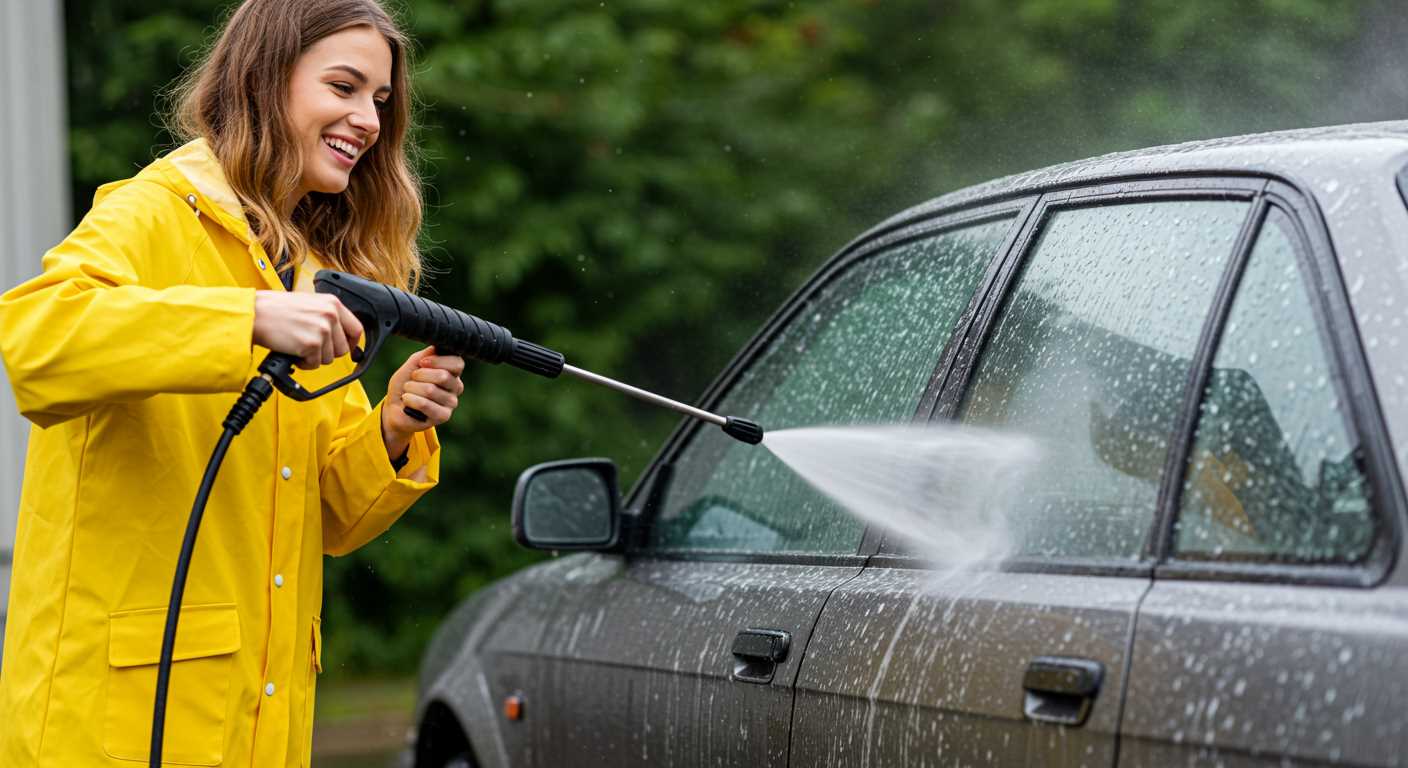
For demanding jobs, such as removing mould from driveways or prepping surfaces for painting, opt for a unit with a flow rate exceeding 3.0. This higher output caters to tough grime and stubborn stains, providing the necessary power to achieve satisfactory results.
Remember, combining the right cleaning solution with the appropriate flow rate can further enhance performance, ensuring that each cleaning task is executed effectively and efficiently.
Comparing GPM Ratings Across Pressure Washer Models
In my experience, understanding flow rates significantly impacts the selection of cleaning tools. Models vary widely, with units typically ranging from around 1.5 to 4.0 gallons per minute, catering to different tasks. For example, lighter units may offer lower flow rates, which is more suitable for delicate surfaces like wood or cars, while higher-rated machines excel at tough jobs, such as removing grime from driveways or concrete.
When evaluating specific brands, I found that manufacturers often highlight flow rates as a key feature. For instance, some brands integrate innovative designs that achieve higher efficiency with lower GPM ratings, optimising cleaning performance while using less water. This can be particularly beneficial for those with water usage restrictions.
It’s essential to compare models based not only on flow rates but also on pressure ratings. A machine with a high flow rate and lower pressure may not be as effective on stubborn stains as one that strikes a balance between the two metrics. Therefore, I recommend considering how these specifications work together based on cleaning needs.
Additionally, reviewing consumer feedback can provide insights into real-world performance. Users often share experiences that showcase how specific ratings translate into practical cleaning results, which can help in making an informed decision.
Ultimately, selecting the right model involves assessing the flow rate in conjunction with tasks at hand, ensuring that it meets efficacy and efficiency requirements. Choosing wisely can lead to satisfying results and efficient cleaning experiences.
Impact of GPM on Water Usage and Efficiency
Choosing a unit with a higher water flow rate yields a more substantial output, influencing overall consumption and resource management. Each minute of operation translates directly into water use. For instance, a unit rated at 3 GPM will use approximately 180 gallons per hour. This can lead to significant costs over time, particularly for residential users with limited budgets.
When I assess cleaning tasks, I always remind users that a more powerful flow doesn’t equate to excessive water wastage. Instead, it often translates to reduced operational time and fewer resources spent on cleaning agents. Using a model with lower throughput may require additional passes, resulting in more time and potentially greater detergent use, ultimately negating the perceived benefits of lower water consumption.
Equipment designed for commercial settings typically operates at higher flow rates, optimising productivity. For example, contractors frequently prefer units with 4–5 GPM for exterior cleaning projects, efficiently managing both time and water usage while ensuring outstanding results. Hence, streamlining operations can lead to cost savings when viewed through the lens of efficient water management.
Understanding the relationship between water flow and application leads to more effective task planning. For lighter chores, such as washing vehicles, opting for a lower GPM unit suffices, minimising waste while still achieving acceptable cleanliness. On the other hand, heavy-duty applications, like removing stubborn grime or grease, truly benefit from higher rates, as they guarantee faster and more thorough results.
In summary, evaluating the impact of flow rate on water use is paramount for optimal efficiency. Balancing a unit’s capability with task requirements not only promotes sustainable practices but also enhances overall cleaning proficiency. Individuals should carefully analyse their needs, harnessing the right specifications to achieve the best outcomes while being mindful of resources. This methodological approach ensures both savings and effectiveness with each cleaning session.
Common Misconceptions About GPM in Pressure Washing
One prevalent misunderstanding is the belief that higher flow rates automatically lead to superior cleaning outcomes. While it’s true that increased water flow can enhance rinsing capabilities, it does not directly correlate with the effectiveness of dirt removal. The impact of nozzle type, pressure settings, and cleaning agents often outweighs the benefits of a higher volume alone.
Another common myth involves the assumption that lower flow rates produce less cleaning power. In reality, a machine with a modest flow rate paired with high pressure can be remarkably effective for certain tasks. The trick lies in balancing flow and pressure according to the specific cleaning needs.
Impact on Surface Types
Some might think all surfaces require high flow rates for effective cleaning. This is misleading. Delicate materials, such as wood or painted surfaces, can be damaged by excessive water pressure or flow. Low flow machines are ideal for such tasks, allowing for careful and thorough cleaning without risking surface integrity.
Cost Efficiency Myth
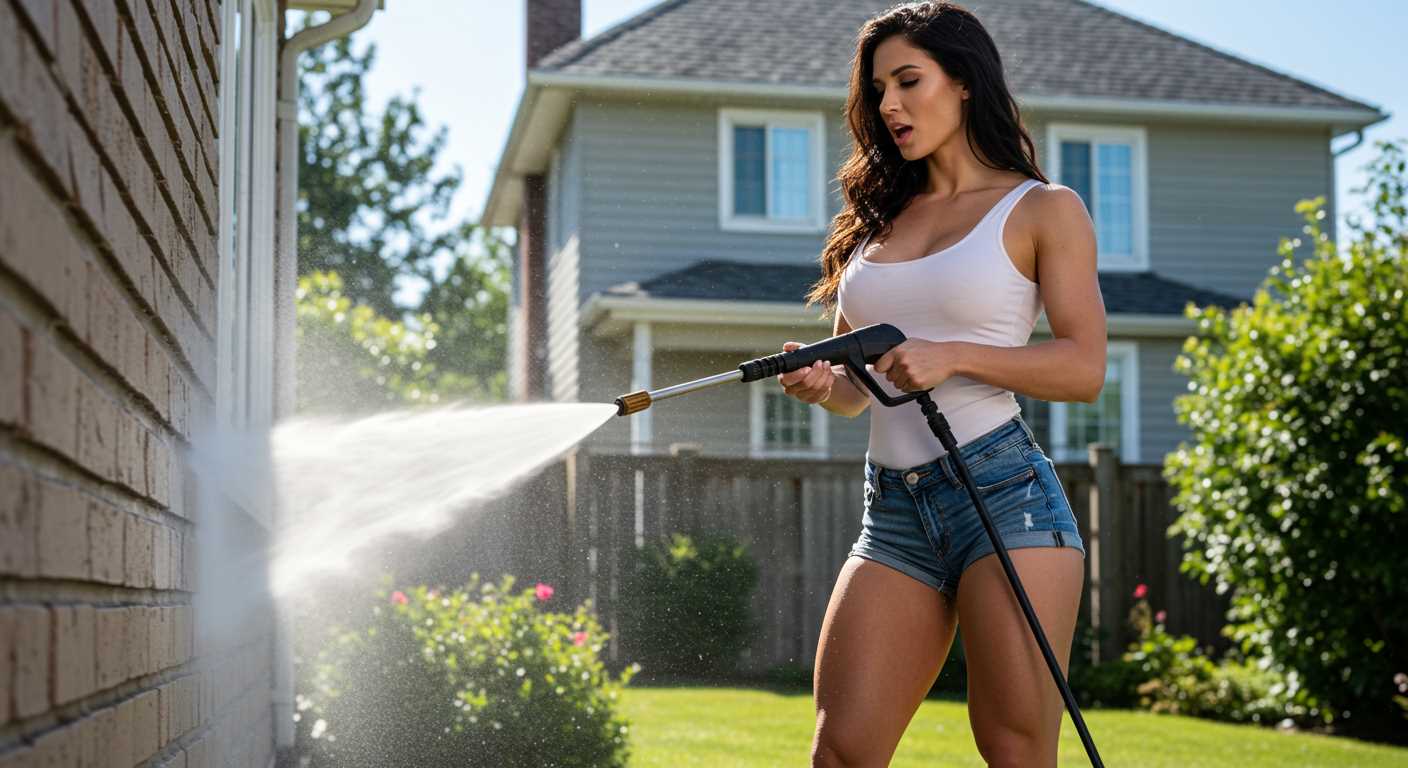
Many believe that opting for higher GPM ratings will save money due to quicker cleaning times. However, this often translates to increased water usage, which can become more costly over time. Examining water source management alongside performance specifications is crucial in making an economically sound decision.
| Misconception | Truth |
|---|---|
| Higher flow equals better cleaning | Effectiveness depends on several factors, not just flow. |
| Lower flow means less cleaning power | Pressure and technique can offset flow limitations. |
| All surfaces need high flow rates | Some materials benefit from lower flow settings. |
| High GPM saves money on cleaning | Increased water consumption may lead to higher bills. |






